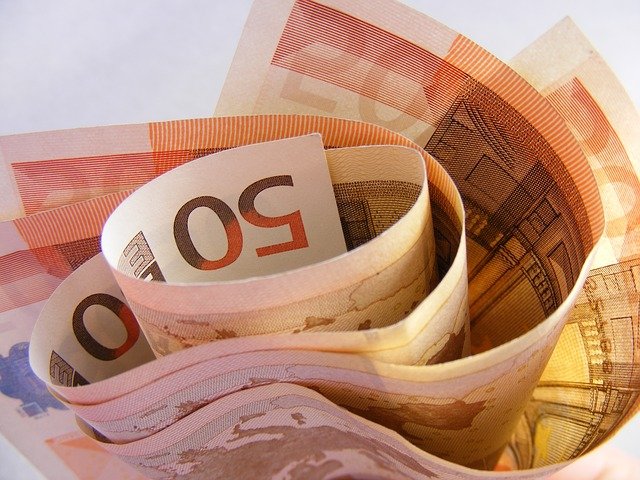Since October, the number of new confirmed cases Of Coronavirus pandemic in Europe has risen rapidly, and many European countries have announced the implementation of “secondary” bans.
Different from the large-scale “shutdown” this spring, the streets in Germany in November are much more lively than in March, with traffic in the morning and evening peak hours, crowds in shopping districts, and office buildings brightly lit… The government’s “secondary” ban measures appear to be relatively mild, and the German economy and society are still actively operating.
Isabel Schnabel, a member of the Executive Committee of the European Central Bank, pointed out that Europe’s “secondary” ban is more targeted and has clearer goals, and its impact on the economy may be less than the first ban this spring. Specifically, the impact on the financial market is more limited. Although the stock market has adjusted significantly, the phenomenon of large-scale hedging assets has not appeared. The service industry was severely damaged by the “secondary” ban, but the manufacturing industry not only did not shut down, but benefited from China’s strong economic recovery.
The Eurozone manufacturing PMI rose to 54.8 in October, rising for four consecutive months and hitting the highest value in 27 months. Among them, the manufacturing PMI of Germany, Europe’s largest economy, hit a 31-month high in October. In contrast, the service sector PMI in the Eurozone fell to 46.9 that month, the lowest value since May, and service sector activity in all countries in the Eurozone was weakening, among which the Spanish service sector experienced the worst contraction in the past five months.
Chris Williamson, economist at Exin Huamai, believes that service industries such as hotels have suffered particularly severe damage, offsetting the expansion effect of the manufacturing sector. With the escalation of the ban, it has become increasingly difficult for the Eurozone to avoid falling into negative growth again. “Especially France, Italy, Spain and other countries have experienced secondary economic shrinkage.”
European Commissioner for Economic Affairs Gentiloni said that the European economic recovery has been interrupted by another surge in confirmed cases of Coronavirus pandemic. It is expected to resume growth in 2021, but it will take two years to return to the level before the pandemic.
In the case of ineffective or prolonged pandemic control, the downward pressure facing Europe, such as corporate bankruptcy, long-term unemployment, and supply chain disruption, will continue to rise.
The unemployment rate in the Eurozone climbed to 8.3% in September. The European Commission pointed out that although the EU and its member states have adopted short-time work and other measures to effectively alleviate the impact of the pandemic on employment, as countries gradually cancel emergency support measures and new laborers enter the market, the unemployment rate in Europe is expected to rise further in 2021 .
The Bundesbank warned that with the further development of the pandemic, German corporate bankruptcies and credit defaults may suddenly increase significantly, putting banks under pressure. European Central Bank President Lagarde pointed out that the financial stability risks in the euro zone are still rising, such as the decline in non-financial sector revenue, increased liabilities, continued decline in bank profitability, and rising credit losses.



